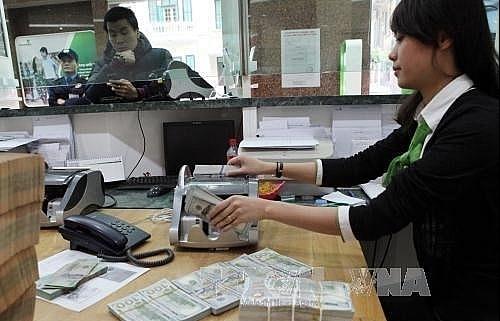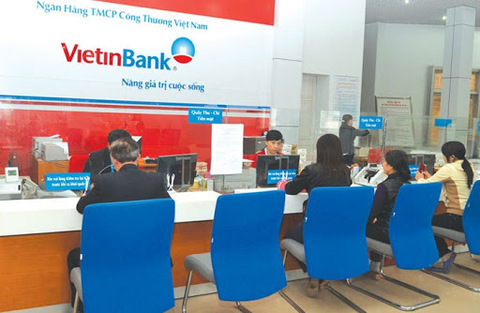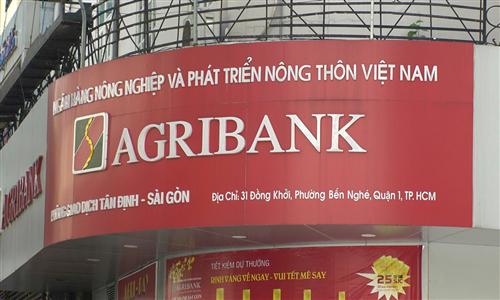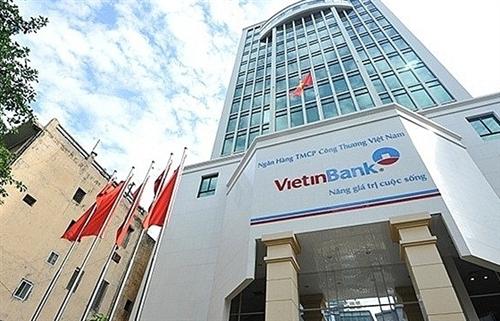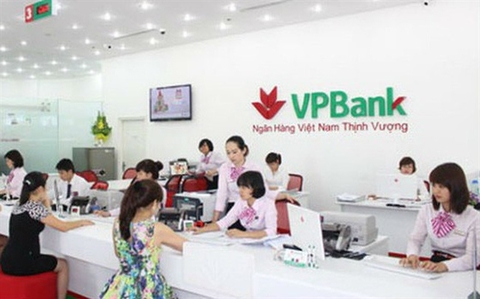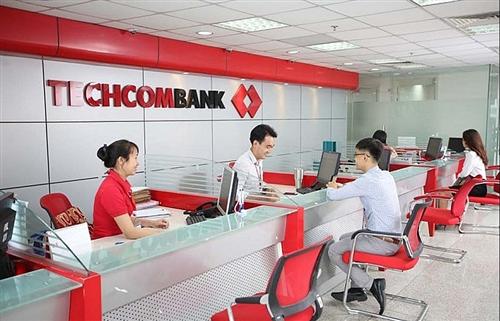Banks skeptical of BOT transport project relief
Banks skeptical of BOT transport project relief
Despite the Ministry of Transport’s proposal to increase the debt repayment period and cut lending rates for build-operate-transfer transport project operators, lenders remain concerned.
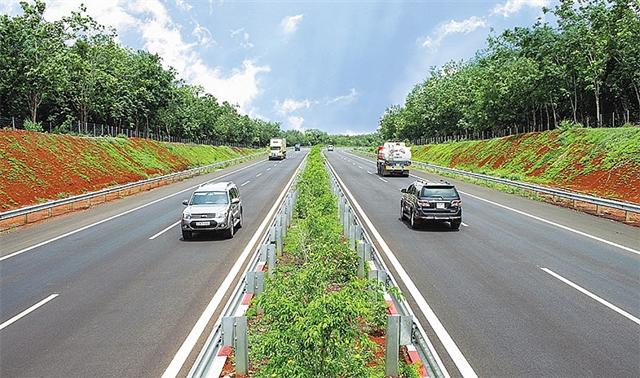
While lax bank payment plans would be welcome, BOT transport developers would prefer increasing tolls, photo Le Toan
|
On May 8, the ministry (MoT) sent Document No.4416/BGTVT-DTCT to the prime minister seeking for financial supporting policies for build-operate-transfer (BOT) transport projects, including restructuring the debt repayment period, cutting lending rate by 2-3 per cent, and stopping banks from changing them into bad debts. The proposal, however, may be a tough task because banks have remained silent on the matter.
“It is difficult to restructure the debt repayment period as banks are not ready and are concerned about risks. BOT transport is not a priority for them,” Le Duc Khanh, director of the market strategy department at PetroVietnam Securities, told VIR. “However, powerful state-run banks would have to follow a government order.”
Phan Dung Khanh, investment advisory director for Maybank Kim Eng Securities, said that along with transport, businesses in other sectors also have difficult access to bank loans. “Banks are in a dilemma. Vietnam’s bad debts are forecast to increase in the coming time and so banks are tightening control,” Khanh noted.
The MoT, which is managing 61 BOT projects, also proposed reducing tax and allocating VND5.08 trillion ($220.87 million) to support BOT projects that are suffering partly because they have not received permission to increase tolls. The ministry even proposed to buy related projects with funding from the 2021-2025 public investment pot.
The proposal comes as BOT operators are facing huge losses due to a fall in traffic during COVID-19. At the end of 2019, 45 BOT projects reported lower revenues than forecast in their contract signed with the state, with Thai Nguyen-Bac Kan and Thai Ha Bridge reaching only 13-15 per cent of initial plan.
While the Ministry of Finance’s Circular No.159/2013/TT-BTC dated November 15, 2013 on adjusting road toll by roadmap stipulates BOT transport operators can increase tolls every three years at the rate of 12-18 per cent, the government’s Resolution No.35/NQ-CP released in 2016 on supporting enterprises until 2020 stopped them from executing this right. Pham Quang Dung, chairman of Tasco JSC, already constructing many BOT projects nationwide, said, “If we get permission to increase tolls now, BOT developers would not need to restructure bank debts. Companies cannot wait until 2022 for permission.”
Nguyen Tuan Huynh, general director of Cienco 4, the investor of the Thai Nguyen-Cho Moi BOT project, said that many ventures will go bankrupt by the 2022 deadline, and banks will see more bad debts.
Shrinking revenue at BOT projects has been a hot issue for years because of the high initial construction costs, long duration of recovery (20-30 years), and a lack of a risk-share mechanism, which makes it difficult for the transport sector to attract international ventures despite strong interest. Recently, the eight public-private partnership sections of the eastern cluster of the North-South Expressway had to cancel international bidding partly because of these reasons.
Thus far, any BOT transport schemes are bogged down in difficulties, with many halting construction for years even, due to difficult loan access.



